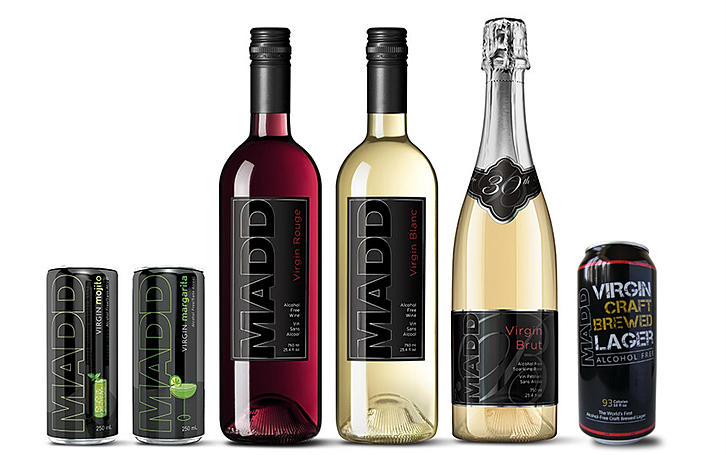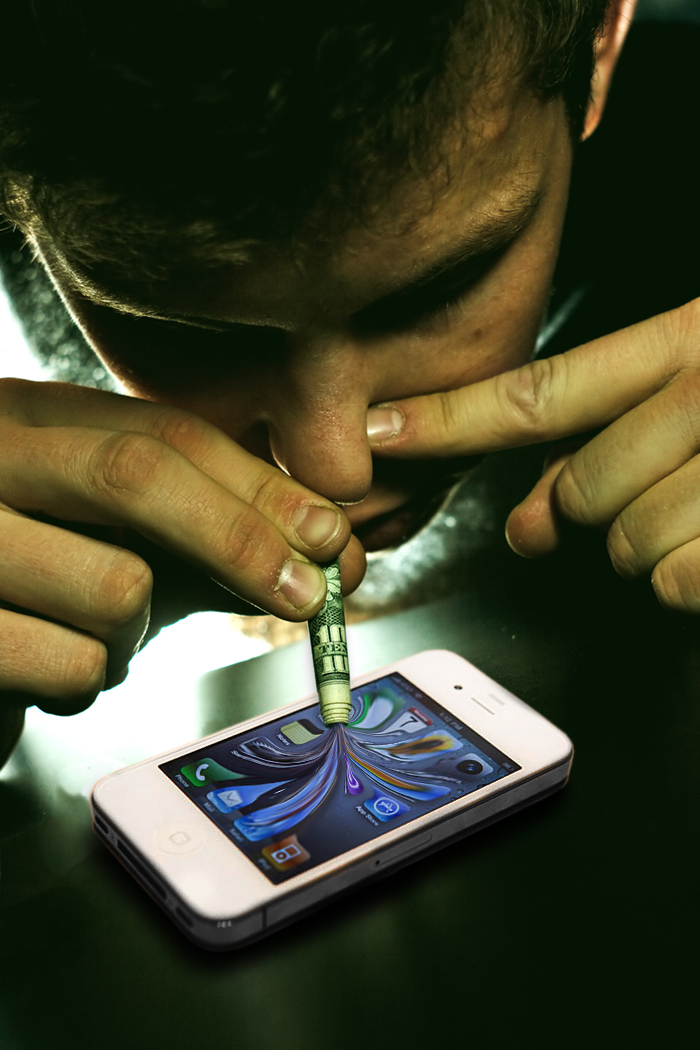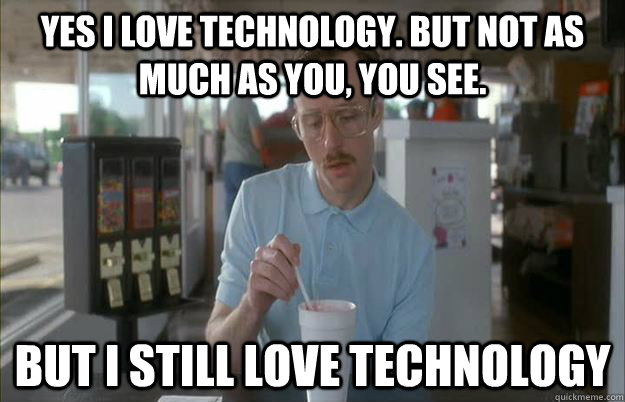Recently while walking through a
grocery store I saw a small display for Mothers Against Drunk Driving (MADD). On
the display were bottles of red and white wine. At first I did not think much of
it, but I picked up a bottle to see what it was all about. MADD is an
organization to stop drunken driving, support victims of the crime and to
prevent underage drinking (Mothers Against Drunk Driving, 2014). Therefore, I
found it ironic that they were selling wine. The bottles however turn out to be
alcohol free and are promoting alternative ways to support MADD. Upon further
research, not only does MADD produce virgin wines, but virgin margarita,
mojito, craft brewed and brut. They are promoted as “The drinks to drink when
you are not drinking” which is a clever marketing campaign.
Consumer behavior has a dark side
that can lead to poor decision making and long term consequences. This MADD
display reminded me of the negative side to consumer behavior. Consumer
addition is the most relatable, where consumers will have a physiological or
psychological dependency on a product or service (Solomon 2014). This
could be anything from alcohol addiction, to drugs or smoking addictions. This
can even be related to the new dependency many of us have with technology. Have
you ever thought for how long you could go without having your phone or checking
your Facebook? This proves consumer addiction takes on many form. MADD is
trying to be creative and not only spread more awareness, but take the
addiction they are trying to prevent and use it to their benefit. By creating
alcohol free drinks, it suggests you can still drink while being responsible.
Another interesting aspect of the
dark side of consumer behavior is compulsive consumption. Compulsive
consumption is when individuals feel compelled to consume, rather than doing it
for their own pleasure. It is repetitive shopping trips which are often
excessive and could be related to anxiety, depression, boredom or tension (Solomon 2014). Sometimes these addictions
can go as far as causing self-harm. MADD is presenting an alternative option to
compulsive consumption because for those who buy alcohol without much thought
or even consciousness, can now buy these drinks to satisfy their addiction
however not consume the alcohol levels they typically would. This may not be
what the consumers have in mind when they are going to buy alcohol, but at
least it is present and a feasible option if they decide to do so.
I personally was not shopping for
any drinks or alcohol when I spotted the display. This means that MADD is doing
a good job of attracting consumers who walk by. If I were searching for this type
of product I may have bought it since it was new and creative product. I went back another time and saw the display was almost empty. This suggests that the
product is a success and is selling. Therefore, although there is a dark side
to consumer behavior with respect to consumer addiction and compulsive
consumption, there are products whose goal is to better the world and support a
cause. So with all dark sides of consumer behavior, there is always a positive
side.
Solomon, White, Dalh.
"Consumer Behaviour ." 19. Pearson, 2014.
Driving, Mothers
Against Drunk. The Drinks to drink when you're not Drinking. 2014.
http://www.maddvirgindrinks.com/ (accessed November 29, 2014).
This topic (the dark side of consumer behavior) is part of Chapter 1 - Introduction to Consumer Behavior.








